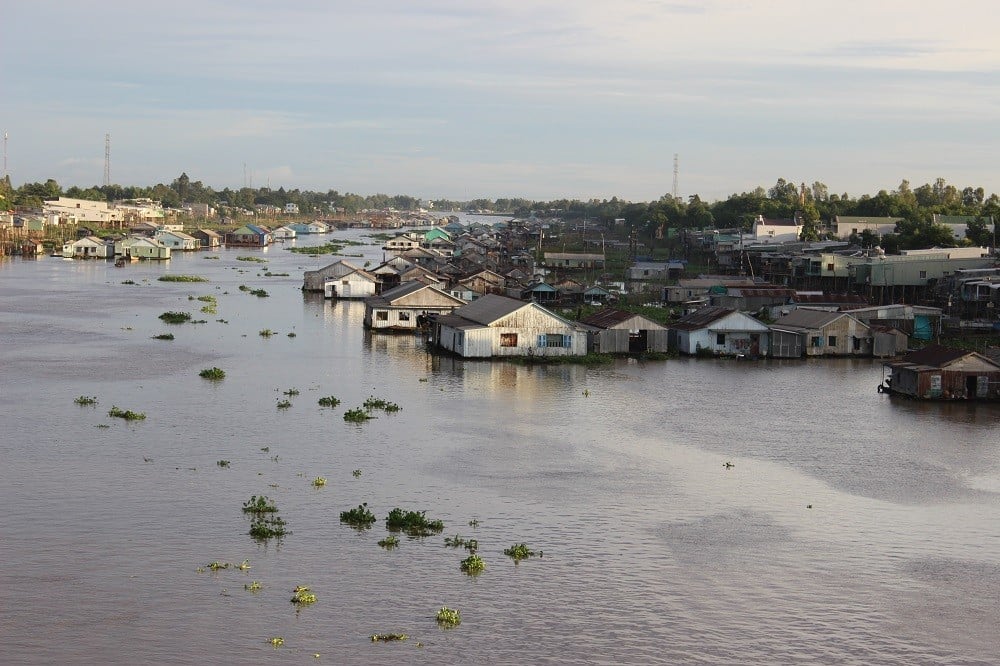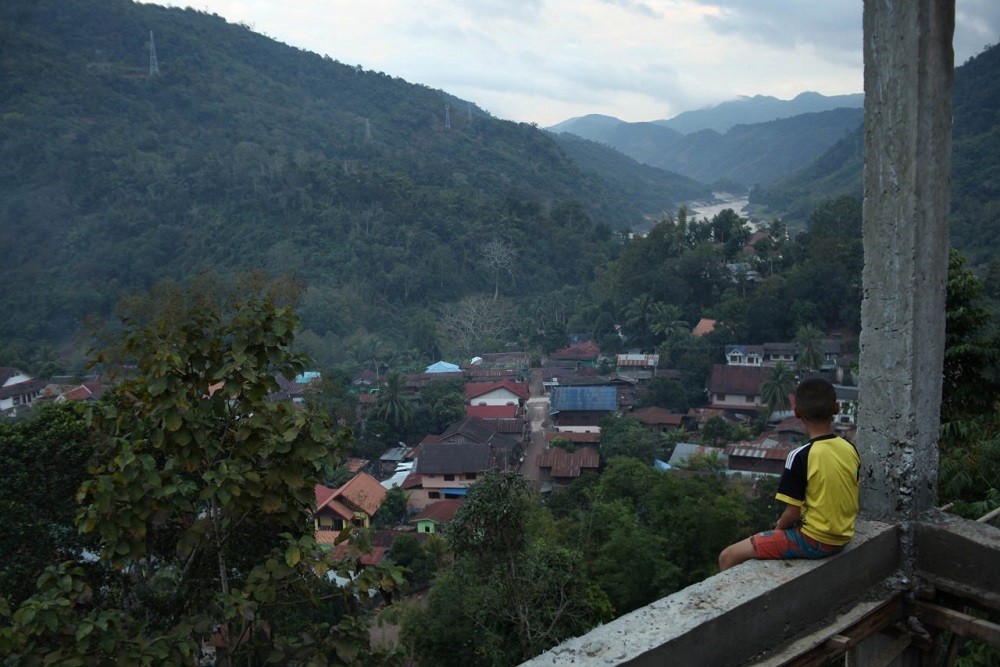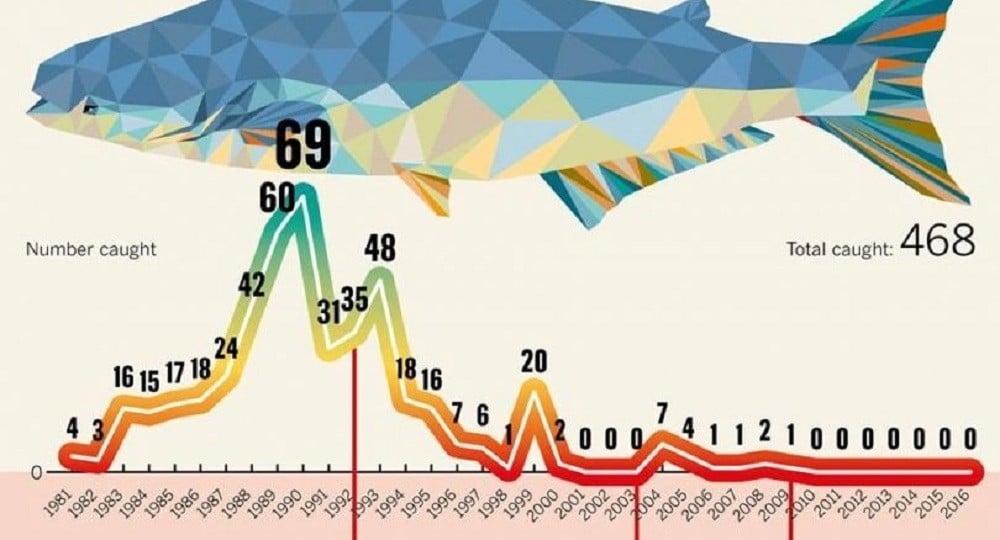Vietnamese NGOs and individuals who are interested in sustainable water resource management in the Mekong region, present the public statement to MRC and National Mekong River Committees.
Tag: Mekong
Striking a balance between conservation and development at the heart of Mekong struggle
DEPENDING on who you speak to, there are naturally differing perspectives in regard to the future of the Mekong River, as most people living along the river look for a sustainable future through conservation of the existing ecosystem, while governments seek balanced resource usage and benefit-sharing arrived at via diplomacy and negotiation.
Pak Beng Hydropower project looks set to move forward
The construction of the Pak Beng Hydropower Project is expected to begin at the end of this year after reaching agreement among Lower Mekong countries.
Mekong giant catfish being driven to extinction in natural habitat
The Mekong giant catfish (Pangasianodon gigas) is ranked as critically endangered on the Red List of the International Union for Conservation of Nature (IUCN). The largest freshwater fish in the world, its natural habitat is the Mekong River from China to Cambodia and Tonle Sap Lake in Cambodia.
Tibetan Springtime and the Tale of the Major Rivers in Asia – If Tibet dries, Asia dies
“Peace and the survival of life on earth as we know it are threatened by human activities which lack a commitment to humanitarian values. Destruction of nature and nature resources results from ignorance, greed and lack of respect for the earth’s living things…It is not difficult to forgive destruction in the past, which resulted from ignorance. Today, however, we have access to more information, and it is essential that we re-examine ethically what we have inherited, what we are responsible for, and what we will pass on to coming generations,” said the Dalai Lama.
Locals slam Mekong blasting plan
The government’s aim to clear the Mekong River’s rocky outcrops to ensure the smooth passage of large cargo boats has set off alarm bells for environmental activists and locals who fear the ecology in the area will be put at risk.
The Mekong River, known in China as the Lancang River, runs through China, Myanmar, Laos, Thailand, Cambodia and Vietnam over a total distance of 4,880km.
Mekong Dams: Can Downstream Nations Expect Understanding from Upstream Developers?
The Mekong River rises from Tibet highland, running through thousands of kilometers in six countries, including China, Myanmar, Laos, Thailand, Cambodia and Vietnam.
Mekong means Mother in the Thai and Laos old language. As a result, it is not accidentally the name of the river has a blessed meaning. The river also plays an economic hub to feed for more than 60 million people and thousands of kinds of aqua products.
The top 5 water stories in 2016
Water is an irreplaceable component in the fight against climate change but it is also its biggest victim. The World Economic Forum named water the number one threat in 2015 and it was also ranked a top risk in 2016.
Over the last 12 months, the world was given a sneak preview of the global water wars scientists have predicted for the century ahead, and tensions surrounding dams and the control of water within drought situations were flashpoints for conflict. Companies can expect water use to hit their bottom lines harder and prices of electricity are likely to go up as hydropower comes under threat.
Darkness along the banks of “The river of light”
Hydropower development is always a trade-off between economic benefits and environmental issues. Human-beings’ intrusive intervention has been turning many rivers into dead flows. The fate of the 3S basin – the name of three rivers Sesan, Sekong and Srepok which run through the territories of Vietnam, Laos and Cambodia before joining the Great Mekong – are drastically threatened by hydropower dams.
Vietnam proposes transboundary water-resources management policy
At the November 20 session of the 24th APEC Summit, a high-ranking leader suggested developing agriculture in a sustainable manner in tandem with the effective use of natural resources, including cross-border management of water resources.











